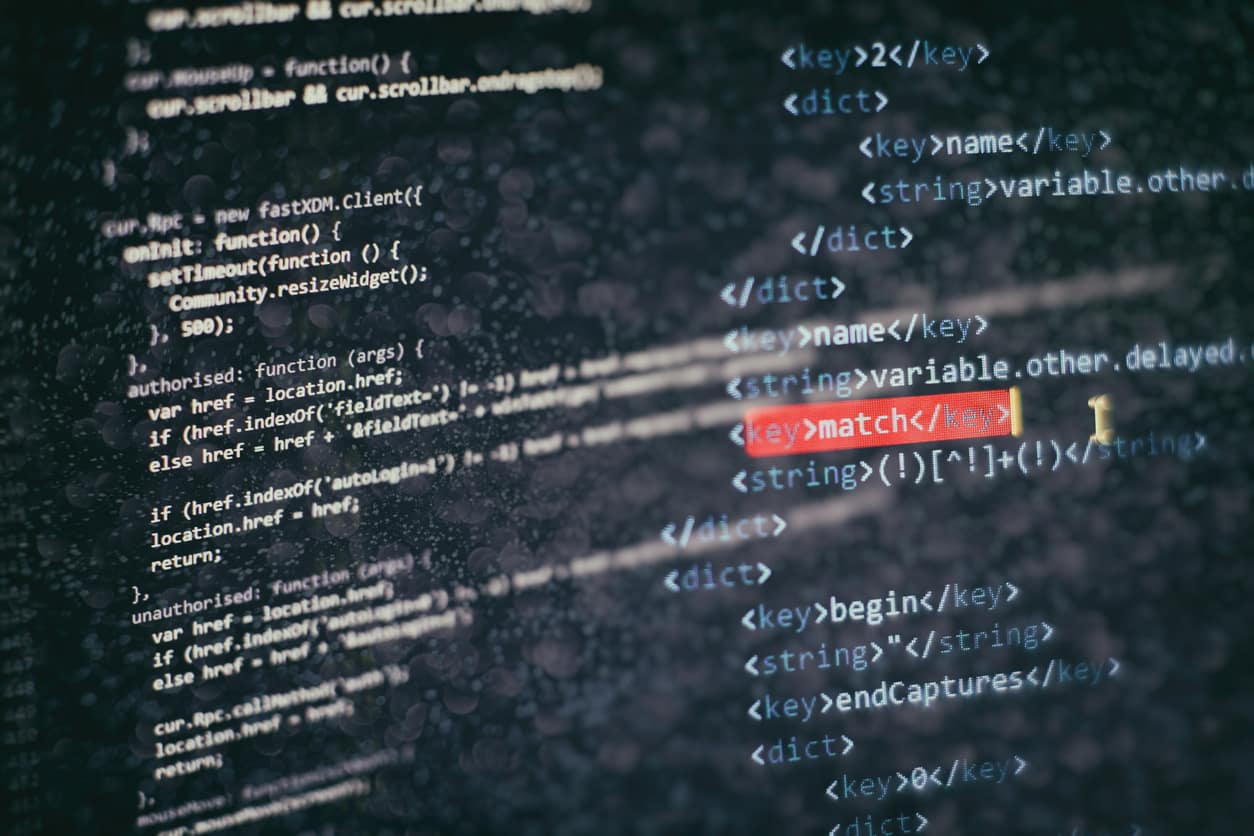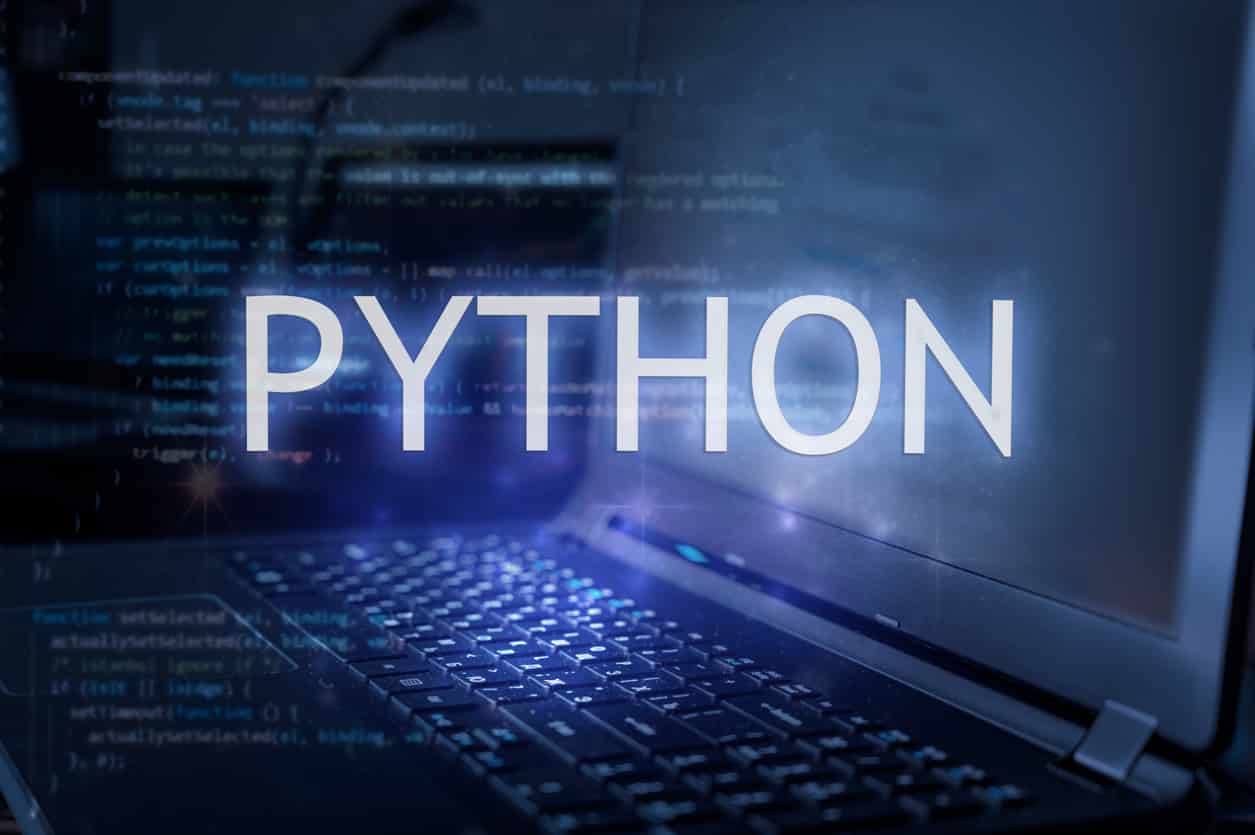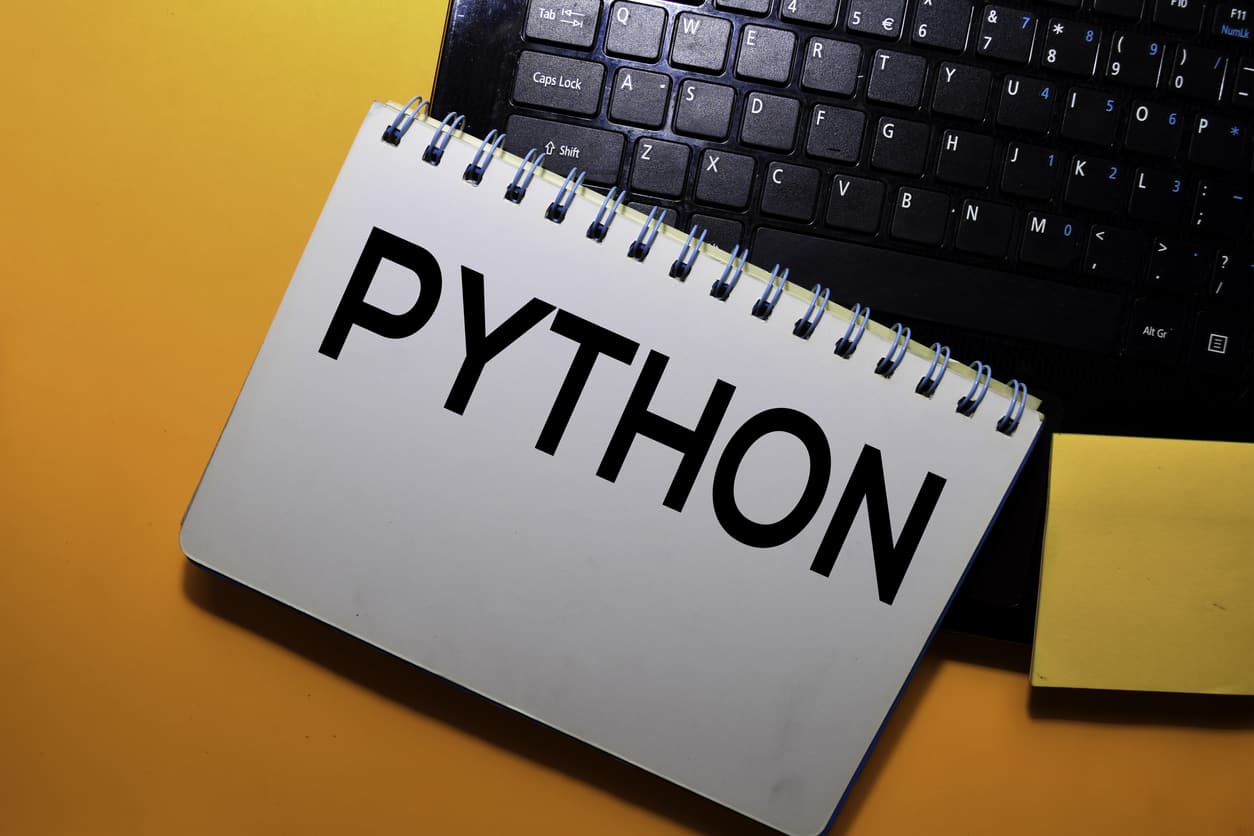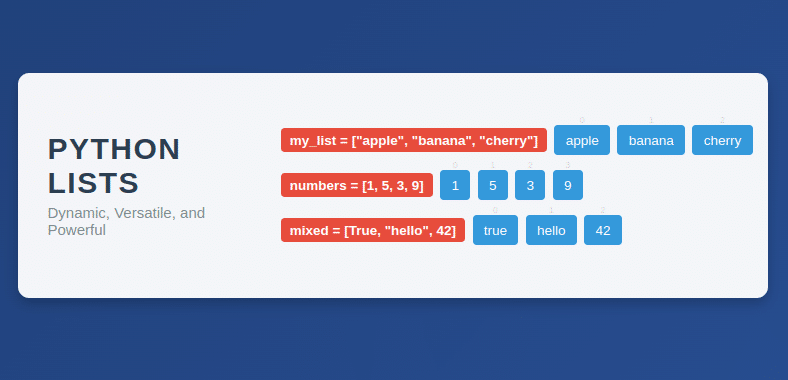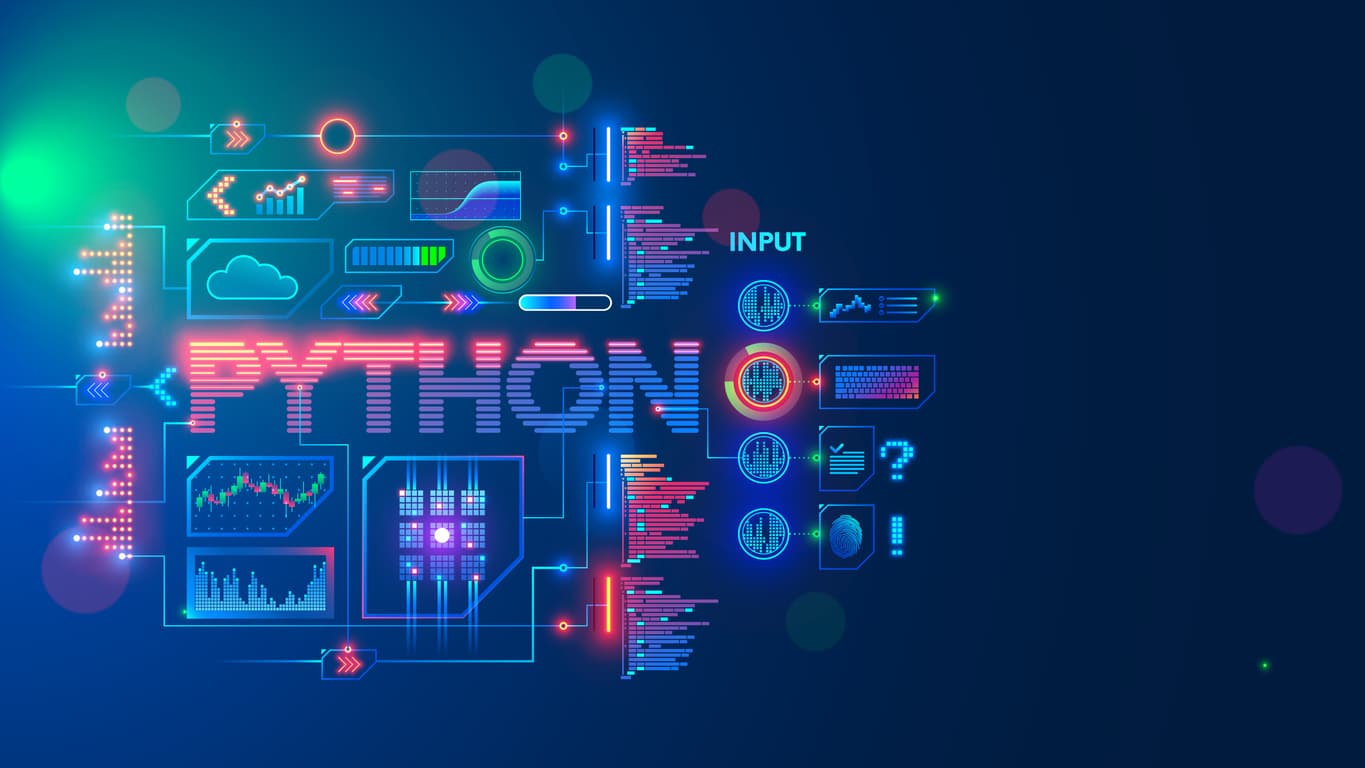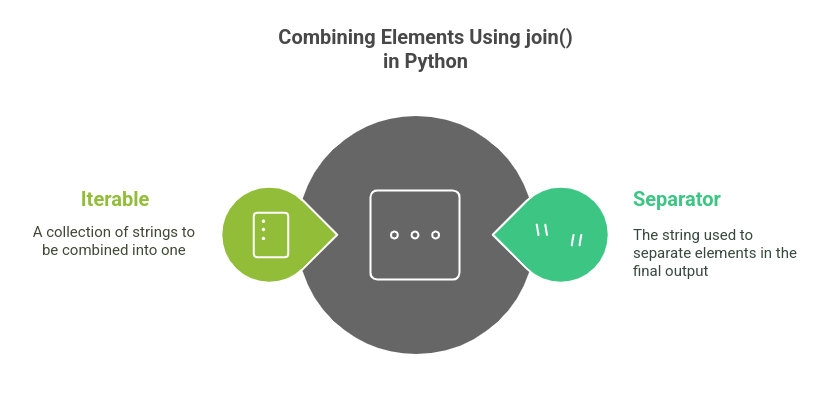Contributed by: Karuna Kumari
In the programming world, understanding the concepts of mutability and immutability is crucial, especially when working with Python. Python, being a dynamically-typed language, allows us to manipulate objects and change their state during program execution. However, not all objects in Python behave in the same way when it comes to modification. Some objects can be altered, while others remain constant once created. This fundamental distinction between mutable and immutable objects forms the cornerstone of Python's design philosophy. By comprehending the concepts of mutability and immutability, developers can write more efficient, reliable, and bug-free code. In this article, we will explore the concept of mutability and immutability in Python, understand their differences, and examine their implications in practical programming scenarios.
Mutable and Immutable in Python
In Python, the terms "mutable" and "immutable" refer to the ability of an object to be changed after it is created.
An object is considered mutable if its state or value can be modified after it is created. This means that you can alter its internal data or attributes without creating a new object. Examples of mutable objects in Python include lists, dictionaries, and sets. If you modify a mutable object, any references to that object will reflect the changes.
Both of these states are integral to Python data structure. If you want to become more knowledgeable in the entire Python Data Structure, take this free course which covers multiple data structures in Python including tuple data structure which is immutable. You will also receive a certificate on completion which is sure to add value to your portfolio.
What is Mutable?
Mutable is when something is changeable or has the ability to change. In Python, 'mutable' is the ability of objects to change their values. These are often the objects that store a collection of data.
What is Immutable?
Immutable is the when no change is possible over time. In Python, if the value of an object cannot be changed over time, then it is known as immutable. Once created, the value of these objects is permanent.
List of Mutable and Immutable objects
Objects of built-in type that are mutable are:
- Lists
- Sets
- Dictionaries
- User-Defined Classes (It purely depends upon the user to define the characteristics)
Objects of built-in type that are immutable are:
- Numbers (Integer, Rational, Float, Decimal, Complex & Booleans)
- Strings
- Tuples
- Frozen Sets
- User-Defined Classes (It purely depends upon the user to define the characteristics)
Object mutability is one of the characteristics that makes Python a dynamically typed language. Though Mutable and Immutable in Python is a very basic concept, it can at times be a little confusing due to the intransitive nature of immutability.
Objects in Python
In Python, everything is treated as an object. Every object has these three attributes:
- Identity - This refers to the address that the object refers to in the computer's memory.
- Type – This refers to the kind of object that is created. For example- integer, list, string etc.
- Value – This refers to the value stored by the object. For example – List=[1,2,3] would hold the numbers 1,2 and 3
While ID and Type cannot be changed once it's created, values can be changed for Mutable objects.
Check out this free python certificate course to get started with Python.
Mutable Objects in Python
I believe, rather than diving deep into the theory aspects of mutable and immutable in Python, a simple code would be the best way to depict what it means in Python. Hence, let us discuss the below code step-by-step:
#Creating a list which contains name of Indian cities
cities = [‘Delhi’, ‘Mumbai’, ‘Kolkata’]
# Printing the elements from the list cities, separated by a comma & space
for city in cities:
print(city, end=’, ’)
Output [1]: Delhi, Mumbai, Kolkata
#Printing the location of the object created in the memory address in hexadecimal format
print(hex(id(cities)))
Output [2]: 0x1691d7de8c8
#Adding a new city to the list cities
cities.append(‘Chennai’)
#Printing the elements from the list cities, separated by a comma & space
for city in cities:
print(city, end=’, ’)
Output [3]: Delhi, Mumbai, Kolkata, Chennai
#Printing the location of the object created in the memory address in hexadecimal format
print(hex(id(cities)))
Output [4]: 0x1691d7de8c8
The above example shows us that we were able to change the internal state of the object ‘cities’ by adding one more city ‘Chennai’ to it, yet, the memory address of the object did not change. This confirms that we did not create a new object, rather, the same object was changed or mutated. Hence, we can say that the object which is a type of list with reference variable name ‘cities’ is a MUTABLE OBJECT.
Let us now discuss the term IMMUTABLE. Considering that we understood what mutable stands for, it is obvious that the definition of immutable will have ‘NOT’ included in it. Here is the simplest definition of immutable– An object whose internal state can NOT be changed is IMMUTABLE.
Again, if you try and concentrate on different error messages, you have encountered, thrown by the respective IDE; you use you would be able to identify the immutable objects in Python. For instance, consider the below code & associated error message with it, while trying to change the value of a Tuple at index 0.
#Creating a Tuple with variable name ‘foo’
foo = (1, 2)
#Changing the index[0] value from 1 to 3
foo[0] = 3
TypeError: 'tuple' object does not support item assignment
Immutable Objects in Python
Once again, a simple code would be the best way to depict what immutable stands for. Hence, let us discuss the below code step-by-step:
#Creating a Tuple which contains English name of weekdays
weekdays = ‘Sunday’, ‘Monday’, ‘Tuesday’, ‘Wednesday’, ‘Thursday’, ‘Friday’, ‘Saturday’
# Printing the elements of tuple weekdays
print(weekdays)
Output [1]: (‘Sunday’, ‘Monday’, ‘Tuesday’, ‘Wednesday’, ‘Thursday’, ‘Friday’, ‘Saturday’)
#Printing the location of the object created in the memory address in hexadecimal format
print(hex(id(weekdays)))
Output [2]: 0x1691cc35090
#tuples are immutable, so you cannot add new elements, hence, using merge of tuples with the # + operator to add a new imaginary day in the tuple ‘weekdays’
weekdays += ‘Pythonday’,
#Printing the elements of tuple weekdays
print(weekdays)
Output [3]: (‘Sunday’, ‘Monday’, ‘Tuesday’, ‘Wednesday’, ‘Thursday’, ‘Friday’, ‘Saturday’, ‘Pythonday’)
#Printing the location of the object created in the memory address in hexadecimal format
print(hex(id(weekdays)))
Output [4]: 0x1691cc8ad68
This above example shows that we were able to use the same variable name that is referencing an object which is a type of tuple with seven elements in it. However, the ID or the memory location of the old & new tuple is not the same. We were not able to change the internal state of the object ‘weekdays’. The Python program manager created a new object in the memory address and the variable name ‘weekdays’ started referencing the new object with eight elements in it. Hence, we can say that the object which is a type of tuple with reference variable name ‘weekdays’ is an IMMUTABLE OBJECT.
Also Read: Understanding the Exploratory Data Analysis (EDA) in Python
Where can you use mutable and immutable objects:
Mutable objects can be used where you want to allow for any updates. For example, you have a list of employee names in your organizations, and that needs to be updated every time a new member is hired. You can create a mutable list, and it can be updated easily.
Immutability offers a lot of useful applications to different sensitive tasks we do in a network centred environment where we allow for parallel processing. By creating immutable objects, you seal the values and ensure that no threads can invoke overwrite/update to your data. This is also useful in situations where you would like to write a piece of code that cannot be modified. For example, a debug code that attempts to find the value of an immutable object.
Watch outs: Non transitive nature of Immutability:
OK! Now we do understand what mutable & immutable objects in Python are. Let’s go ahead and discuss the combination of these two and explore the possibilities. Let’s discuss, as to how will it behave if you have an immutable object which contains the mutable object(s)? Or vice versa? Let us again use a code to understand this behaviour–
#creating a tuple (immutable object) which contains 2 lists(mutable) as it’s elements
#The elements (lists) contains the name, age & gender
person = (['Ayaan', 5, 'Male'], ['Aaradhya', 8, 'Female'])
#printing the tuple
print(person)
Output [1]: (['Ayaan', 5, 'Male'], ['Aaradhya', 8, 'Female'])
#printing the location of the object created in the memory address in hexadecimal format
print(hex(id(person)))
Output [2]: 0x1691ef47f88
#Changing the age for the 1st element. Selecting 1st element of tuple by using indexing [0] then 2nd element of the list by using indexing [1] and assigning a new value for age as 4
person[0][1] = 4
#printing the updated tuple
print(person)
Output [3]: (['Ayaan', 4, 'Male'], ['Aaradhya', 8, 'Female'])
#printing the location of the object created in the memory address in hexadecimal format
print(hex(id(person)))
Output [4]: 0x1691ef47f88
In the above code, you can see that the object ‘person’ is immutable since it is a type of tuple. However, it has two lists as it’s elements, and we can change the state of lists (lists being mutable). So, here we did not change the object reference inside the Tuple, but the referenced object was mutated.
Also Read: Real-Time Object Detection Using TensorFlow
Same way, let’s explore how it will behave if you have a mutable object which contains an immutable object? Let us again use a code to understand the behaviour–
#creating a list (mutable object) which contains tuples(immutable) as it’s elements
list1 = [(1, 2, 3), (4, 5, 6)]
#printing the list
print(list1)
Output [1]: [(1, 2, 3), (4, 5, 6)]
#printing the location of the object created in the memory address in hexadecimal format
print(hex(id(list1)))
Output [2]: 0x1691d5b13c8 #changing object reference at index 0
list1[0] = (7, 8, 9)
#printing the list
Output [3]: [(7, 8, 9), (4, 5, 6)]#printing the location of the object created in the memory address in hexadecimal format
print(hex(id(list1)))
Output [4]: 0x1691d5b13c8
As an individual, it completely depends upon you and your requirements as to what kind of data structure you would like to create with a combination of mutable & immutable objects. I hope that this information will help you while deciding the type of object you would like to select going forward.
Before I end our discussion on IMMUTABILITY, allow me to use the word ‘CAVITE’ when we discuss the String and Integers. There is an exception, and you may see some surprising results while checking the truthiness for immutability. For instance:
#creating an object of integer type with value 10 and reference variable name ‘x’
x = 10
#printing the value of ‘x’
print(x)
Output [1]: 10
#Printing the location of the object created in the memory address in hexadecimal format
print(hex(id(x)))
Output [2]: 0x538fb560
#creating an object of integer type with value 10 and reference variable name ‘y’
y = 10
#printing the value of ‘y’
print(y)
Output [3]: 10
#Printing the location of the object created in the memory address in hexadecimal format
print(hex(id(y)))
Output [4]: 0x538fb560
As per our discussion and understanding, so far, the memory address for x & y should have been different, since, 10 is an instance of Integer class which is immutable. However, as shown in the above code, it has the same memory address. This is not something that we expected. It seems that what we have understood and discussed, has an exception as well.
Quick check - Python Data Structures
Immutability of Tuple
Tuples are immutable and hence cannot have any changes in them once they are created in Python. This is because they support the same sequence operations as strings. We all know that strings are immutable. The index operator will select an element from a tuple just like in a string. Hence, they are immutable.
Exceptions in immutability
Like all, there are exceptions in the immutability in python too. Not all immutable objects are really mutable. This will lead to a lot of doubts in your mind. Let us just take an example to understand this.
Consider a tuple 'tup'.
Now, if we consider tuple tup = ('GreatLearning',[4,3,1,2]) ;
We see that the tuple has elements of different data types. The first element here is a string which as we all know is immutable in nature. The second element is a list which we all know is mutable. Now, we all know that the tuple itself is an immutable data type. It cannot change its contents. But, the list inside it can change its contents. So, the value of the Immutable objects cannot be changed but its constituent objects can. change its value.
Conclusion
Understanding the concepts of mutability and immutability in Python is essential for any developer seeking to write robust and efficient code. By recognizing the differences between mutable and immutable objects, programmers can make informed decisions about object manipulation, memory management, and code optimization. Mutable objects can be modified after creation, allowing for flexibility and convenience and posing potential risks such as unintended side effects or unexpected behavior. On the other hand, immutable objects remain constant once created, ensuring predictability, thread safety, and the ability to use them as keys in dictionaries. By leveraging the advantages of mutable and immutable objects, developers can design cleaner, more maintainable code and avoid common pitfalls related to object mutability. Ultimately, a solid understanding of mutability and immutability in Python empowers developers to write efficient, bug-free code that meets the requirements of their applications.
Understanding Mutable and Immutable in Python FAQs
1. Difference between mutable vs immutable in Python?
| Mutable Object | Immutable Object |
| State of the object can be modified after it is created. | State of the object can’t be modified once it is created. |
| They are not thread safe. | They are thread safe |
| Mutable classes are not final. | It is important to make the class final before creating an immutable object. |
2. What are the mutable and immutable data types in Python?
- Some mutable data types in Python are:
list, dictionary, set, user-defined classes.
- Some immutable data types are:
int, float, decimal, bool, string, tuple, range.
3. Are lists mutable in Python?
Lists in Python are mutable data types as the elements of the list can be modified, individual elements can be replaced, and the order of elements can be changed even after the list has been created.
(Examples related to lists have been discussed earlier in this blog.)
4. Why are tuples called immutable types?
Tuple and list data structures are very similar, but one big difference between the data types is that lists are mutable, whereas tuples are immutable. The reason for the tuple's immutability is that once the elements are added to the tuple and the tuple has been created; it remains unchanged.
A programmer would always prefer building a code that can be reused instead of making the whole data object again. Still, even though tuples are immutable, like lists, they can contain any Python object, including mutable objects.
5. Are sets mutable in Python?
A set is an iterable unordered collection of data type which can be used to perform mathematical operations (like union, intersection, difference etc.). Every element in a set is unique and immutable, i.e. no duplicate values should be there, and the values can't be changed. However, we can add or remove items from the set as the set itself is mutable.
6. Are strings mutable in Python?
Strings are not mutable in Python. Strings are a immutable data types which means that its value cannot be updated.
Join Great Learning Academy's free online courses and upgrade your skills today.
Embarking on a journey towards a career in data science opens up a world of limitless possibilities. Whether you’re an aspiring data scientist or someone intrigued by the power of data, understanding the key factors that contribute to success in this field is crucial. The below path will guide you to become a proficient data scientist.
